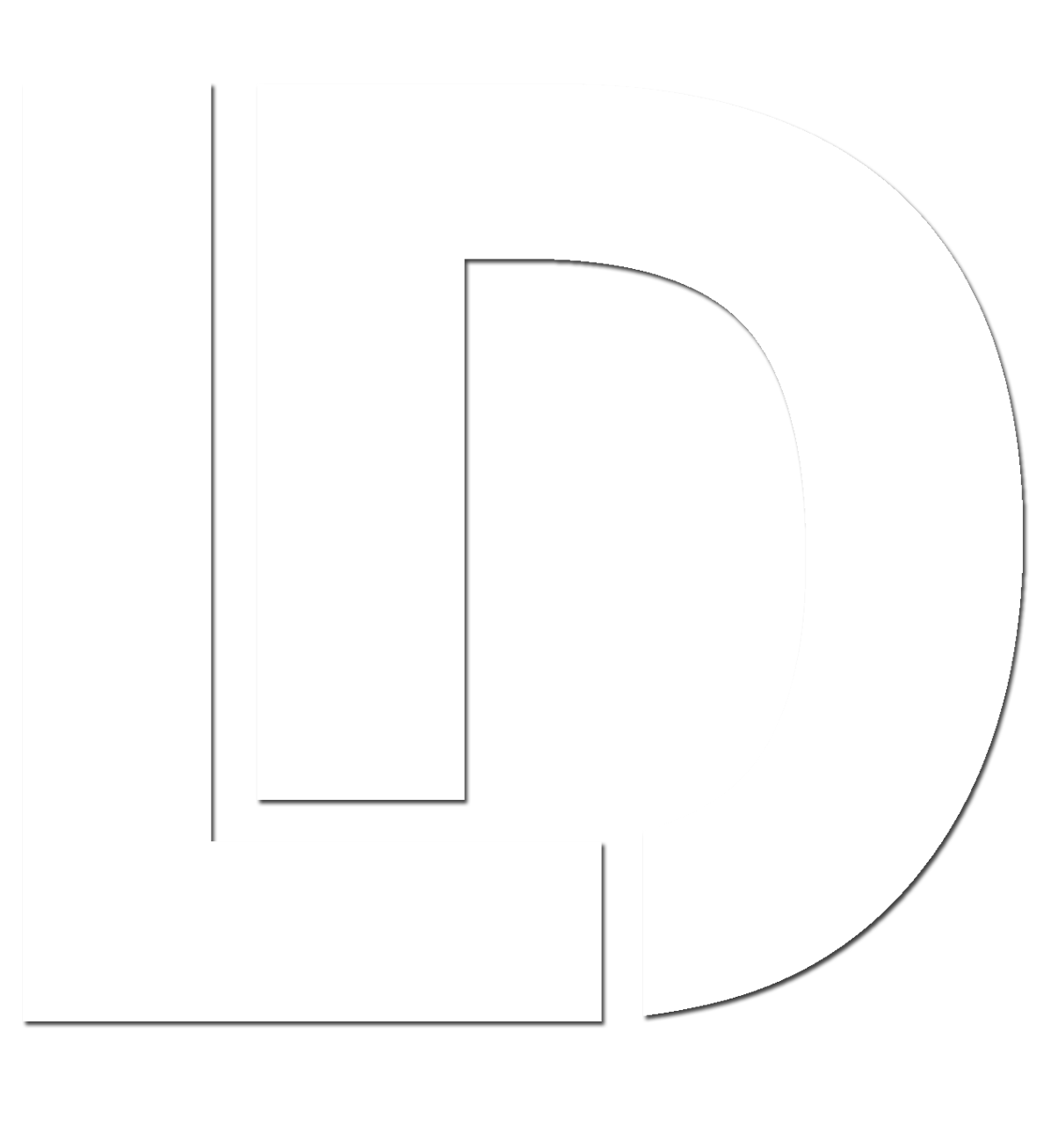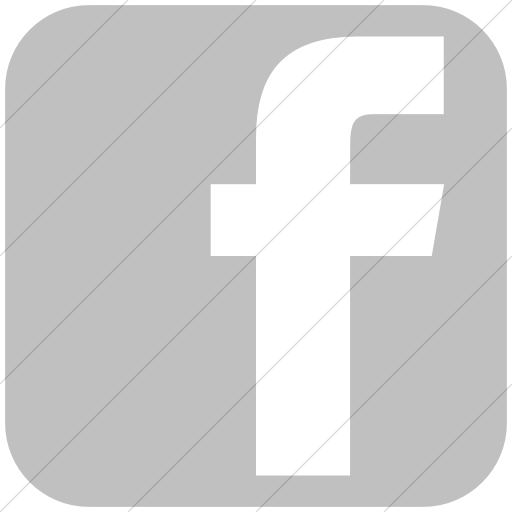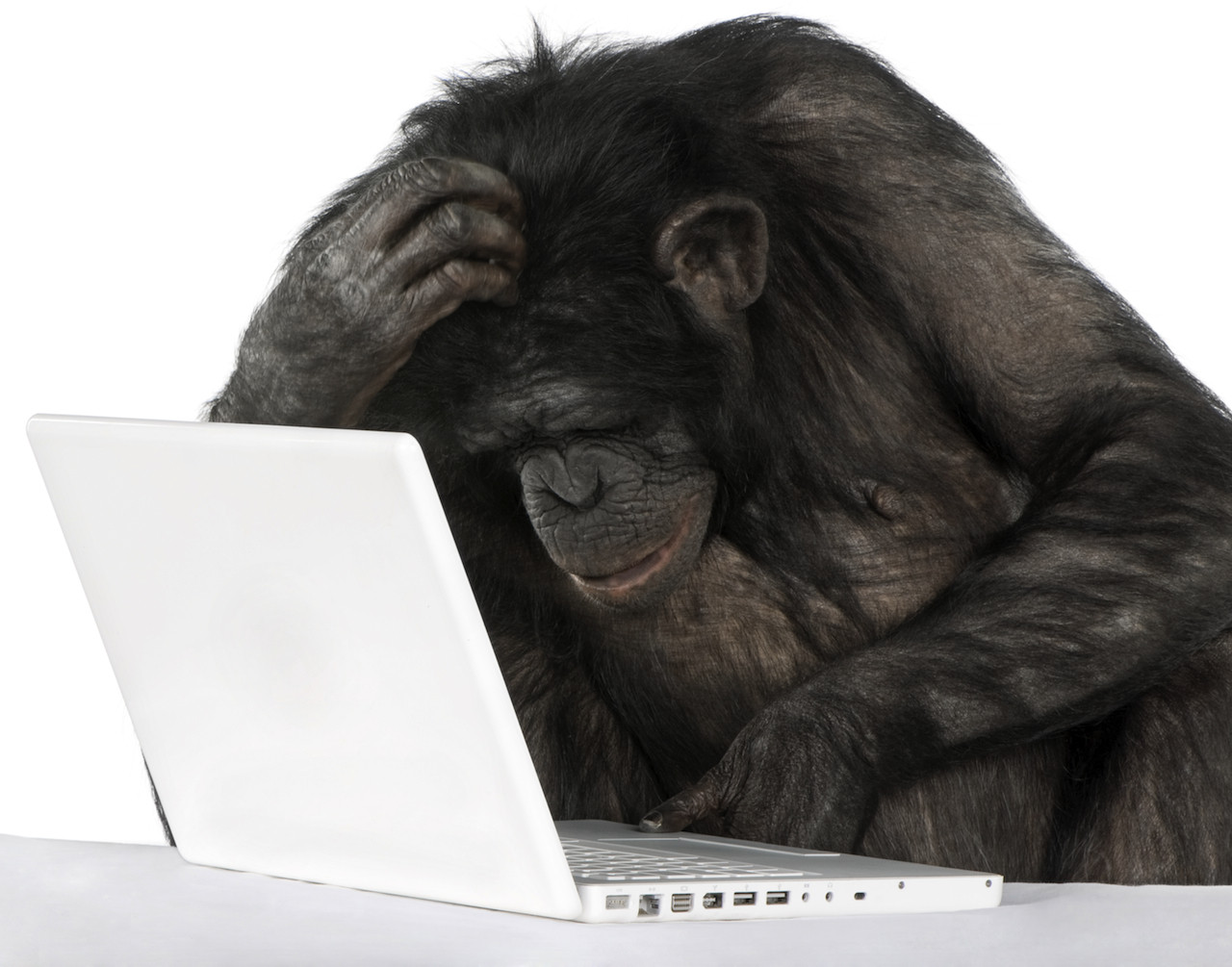In the last and final installment of the Mind Pockets I’m going to write about the fourth and final part of the habit circle. Habits are one of my favorite topics so I will probably bring stuff up all the time in my writing so don’t worry, just because this series is ending that doesn’t mean you won’t hear more about habits.
I last left of talking about how Mr. Hopkins had really found the perfect way to market Pepsodent toothpaste with his habit circle. Which he did, the thing was though, he had only designed the circle with 3 pieces. The Cue, The Routine, and the Reward. These 3 factors are indeed necessary for the formation of a Mind pocket, or a habit. But without the fourth piece there would never be a driver for the wheel.
Picture a wheel! The three pieces he design the circle with are on the outside, but the center of the wheel, or the axle is the forth piece. It’s the craving! Without our craving we wouldn’t really remember to want the reward, therefore we wouldn’t perform the routine.
Yes, technically the cue is the reminder of the reward but without the craving there would be no incentive to go through the routine. A scientist by the name of Dr. Schultz was one who discovered this fourth ingredient to forming a habit. This is where Julio the monkey comes in.
Dr. Schultz placed small electrode in Julio’s brain to observe the monkey’s neuronal activity as it occurred. The results were the discovery/ and proof of Hopkins idea’s, along with the discovery of craving.
The test was very simple. Julio would be placed in a dimly lit room with a computer monitor that would randomly display colored shapes. Whenever a colored shape would appear Julio was supposed to touch a lever.
When Julio would successfully perform this action a little drop of blackberry juice would run down a tube onto his lips. He really loved the juice! At first he seemed uninterested in the whole routine until he discovered the connected. If he would touch the level when a colored shape appeared, he would get a drop of juice.
As Schultz monitored the activity within Julio’s brain, he saw a pattern emerge. Whenever Julio received his reward, his brain activity would spike in a manner that suggested he was experiencing happiness. A transcript of that neurological activity shows what it looks like when a monkey’s brain says, in essence, “I got a reward!”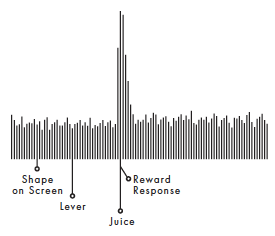
Schultz performed the test over and over again until he notice a change in the activity. Eventually the happiness spike that corresponded with the reward, the juice, started to move up in the timing of the event. Soon Julio’s brain started to anticipate the reward with the cue. As soon as he saw the colored shape the happiness spike would happen.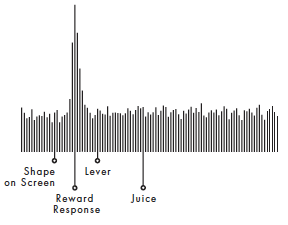
To add to the experiment he started to change-up some things. So he would randomly withhold the drop of juice or water it down. This lead to the discovery of craving.
When Schultz would withhold the juice a neurological pattern associated with desire and anger would emerge. When Julio saw the cue he would anticipate the reward, and if it was withheld a craving would emerge and if left unsatisfied would cause depression or anger. Hence the habit circle we have now.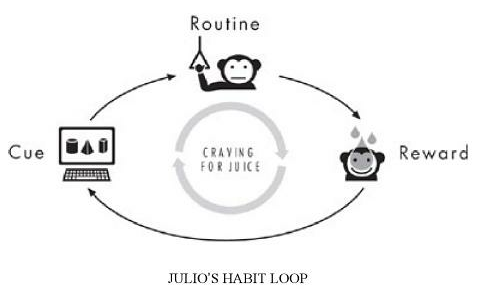
This, scientists say, is how habits emerge, and why they are so powerful: They create neurological cravings. Most of the time, these cravings emerge so gradually that we’re not really aware they exist. But as our brains start to associate certain cues (the time of the day) with certain rewards (socializing with co-workers). Remember for the first part of this series, this is when a subconscious craving occurs and drives us to perform the routine.
This is what was happening with Pepsodent. Other toothpaste companies launched a big research campaign to find out what it was that lead to Pepsodents success. They knew about Hopkins habit circle but it was missing the craving key. Because he didn’t even know about it, until they found it.
The craving that people were so relating to a clean mouth was the tingling feeling you get when you brush your teeth with %99 of the toothpaste sold today. That’s because once they figured out what completed the circle, everyone added the ingredients that caused that unnecessary tingle feeling after you brush your teeth. That’s right people, the tingling feeling you get when your brushing your teeth is completely fabricated to make you feel like you teeth are cleaner. Is has nothing to do with the actual cleaning of your teeth.
Based on the studies of habits now we can easily create habits in our lives that can completely benefit us and help us reach our goals. Want to exercise more? Choose a cue, such as going to the gym as soon as you wake up, and a reward, such as a smoothie after each workout. Then think about that smoothie, or about the endorphin rush you’ll feel. Allow yourself to anticipate the reward. Eventually, that craving will make it easier to push through the gym doors every day.
If you can identify the right cue and reward—and if you can create a sense of craving—you can establish almost any habit. Therefore you can use that to achieve things that are out of reach from our normal function. We need habits, they create the life we live, for better or worse. So why not use them to our advantage.
Now that you know how they work you can also use this knowledge to change bad habits. I talked about how to do this in the first and second article but I just wanted to bring it up again because it’s so important to personal growth and living a high performance life.
Be you, then be the best you!
